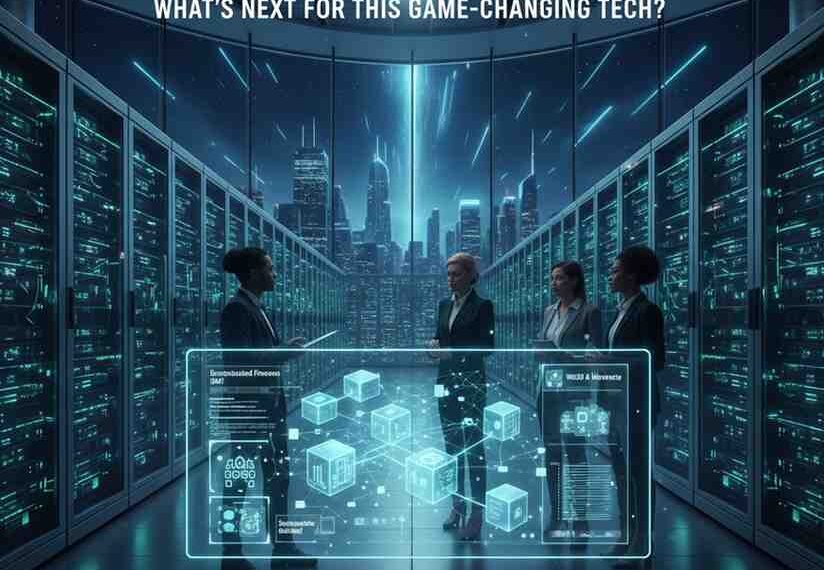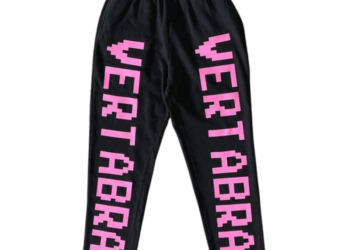Hey! If you’ve been curious about blockchain but feel overwhelmed by all the hype, you’re in the right place. I used to think blockchain was just complicated tech for crypto geeks—something happening way off in the future. But here we are in 2025, and blockchain is quietly reshaping how we live, work, and trust the digital world.
Think about this: the tech that once seemed like a wild experiment is now helping track your morning coffee from farm to cup, powering financial tools without banks, and even protecting your medical records. Sounds like sci-fi? It’s actually happening.
So, what’s really going on with blockchain as we move forward? And more importantly, how can you make sense of it all without getting lost in tech jargon or hype? Let’s break it down together.
What Is Blockchain?
In the simplest terms, blockchain is like a digital notebook that lots of people keep at the same time. Every page records transactions or information that can’t be changed once written. No single person controls it, which makes it super secure and trustworthy. Imagine a ledger that’s shared with everyone, so cheating is nearly impossible.
Why 2025? What’s Happening in Blockchain Right Now?
Blockchain has grown way beyond Bitcoin and flashy crypto headlines. In fact, a Grand View Research report expects the global blockchain market to hit $67.4 billion by 2026, growing crazy fast at about 68% per year. That’s a lot of real money and serious business moving behind the scenes.
But it’s not all smooth sailing. Remember the environmental concerns about Bitcoin’s energy use? That’s changing, too. Ethereum—the second biggest blockchain after Bitcoin—switched to a new method called proof-of-stake that cuts its energy use by more than 99%. That’s like turning off a whole city’s worth of electricity! This makes blockchain not just cooler but greener.
Plus, tech upgrades and smarter ways to handle tons of transactions mean blockchain can finally scale up for big industries without crashing or slowing down.
How to Make Blockchain Work for You in 2025: Real Steps to Take
Okay, I get it—blockchain still sounds intimidating. Here’s what helped me get comfortable, and maybe it’ll help you too:
- Learn the Basics, No Stress: You don’t have to be a coder or finance wiz. Just start with the key ideas—what decentralisation means, what smart contracts do, and why tokens matter. Resources like Blockchain.com’s beginner guide or CoinDesk’s explainer series are solid starting points.
- Try Out Real-World Stuff: Instead of jumping straight into buying crypto, explore other blockchain apps. For example, NFTs (digital art and collectibles), DeFi apps where you can lend or borrow money without banks, or check out how companies track products using blockchain (like IBM’s Food Trust).
- Keep an Eye on Rules: Regulations can change fast. The SEC in the US or the EU’s MiCA rules are shaping how blockchain tech grows safely. Staying informed helps you avoid surprises and spot new opportunities.
- If You’re a Developer or Entrepreneur: Tools like Solidity (for Ethereum smart contracts) and frameworks like Polkadot’s Substrate make building on blockchain easier than before.
Remember, blockchain isn’t a one-size-fits-all deal. Find what fits your life or work and start there.
Blockchain vs. Other Tech: Why Does It Matter?
You might be wondering: isn’t blockchain just another database? Not quite. Here’s why it stands out:
- No Middleman Needed: Traditional systems rely on a trusted middleman—a bank, company, or government. Blockchain spreads control across many users, making it tough for anyone to cheat or manipulate data.
- See Everything (Transparency): Transactions on blockchain are recorded and visible to participants, which builds trust in finance, healthcare, or supply chains.
- Smart Contracts: These are like digital agreements that execute themselves when conditions are met, cutting out lawyers or delays.
That said, blockchain isn’t the perfect fit for every problem. For some projects, simple databases or cloud services work better, especially when you don’t need decentralization. Knowing this helps you decide where blockchain truly shines.
Real Benefits & Use Cases You Can Spot in 2025
Let me share some cool, real-world examples:
- Tracking Your Coffee: Ever wonder if your morning brew is truly fair trade? Companies like Starbucks use blockchain to trace beans from farmers to stores, helping ensure authenticity and fair pay.
- Decentralized Finance (DeFi): Platforms like Aave or Compound let you borrow and lend crypto without traditional banks. In 2023, DeFi’s total value locked hit over $100 billion—proof that people trust and use these systems daily.
- Digital IDs: Estonia’s e-Residency program offers blockchain-based digital IDs to access government services online securely. It’s a game-changer for remote workers and global citizens.
- Healthcare Data: Sharing patient info securely between hospitals, without risking privacy breaches, became a priority during the pandemic—and blockchain tech helped make it happen.
By 2025, expect more everyday services to quietly tap into blockchain for better security, trust, and efficiency.
Expert Insight: What The Pros Are Saying
I recently spoke with Dr. Amira Hassan, a blockchain researcher at MIT, who told me:
“Blockchain isn’t just about cryptocurrencies anymore. Its true power lies in rebuilding trust in digital spaces—from healthcare to government services. The coming years will focus on making blockchain useful and accessible, not just hyped.”
That hits home, right? After years of wild crypto stories, blockchain’s real value is finally coming through—quiet, practical, and powerful.
Frequently Asked Questions About Blockchain at 2025 & Beyond
Q: Is blockchain only for cryptocurrencies?
A: Nope! Crypto got blockchain noticed, but now it’s used for everything from supply chains to digital IDs and healthcare records.
Q: Will blockchain replace banks or governments?
A: Not exactly. It will change how these institutions work, making them more transparent and efficient, but they won’t disappear overnight.
Q: What about blockchain’s energy use?
A: Great question! New methods like proof-of-stake use way less energy than older ones like Bitcoin’s mining system—think 99% less.
Q: How can I start using blockchain?
A: Start small. Explore DeFi apps, check out NFTs, or follow trusted news sites like CoinDesk to get the hang of things.
Q: Is blockchain really secure?
A: It’s one of the safest systems thanks to decentralization and cryptography, but like any tool, it works best when you follow security basics.
Wrapping Up: Why Blockchain in 2025 Should Matter to You
Blockchain isn’t some distant tech fantasy anymore. It’s quietly making your digital life safer, more transparent, and even fairer—whether you realize it or not. From the coffee you drink to the money you save or borrow, blockchain’s influence is growing fast.
So, if you’re curious or just want to stay ahead, don’t wait. Learn the basics, try out real apps, and keep an eye on how blockchain evolves. And if you ever feel lost? That’s normal. We’re all figuring this out together.
Want to stay in the loop? Bookmark this page and come back anytime for fresh insights and down-to-earth blockchain updates.






